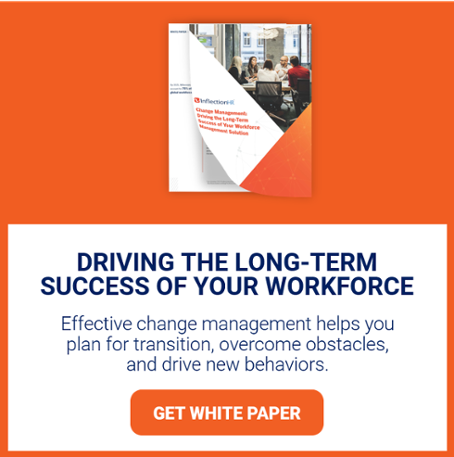Over the past two decades, the ways of work have changed, and workers now have more power than ever to choose their own path to a fulfilling career. Harnessing and retaining that talent base is quickly becoming ground zero for human resource managers who must acknowledge the mobility and self-focused intention of their existing and potential workforce as one of the ways to improve employee engagement. Those leaders who are most likely to succeed with this newly fluid workforce will do so by shifting their mindset to consider their workers as human capital assets rather than just a group of employees.
Human Capital Management: Bringing Different Mindsets Together
The age of the emerging workforce is definitely having an impact on how it works. The millennials, young people born between 1981 and 1997, are taking over the positions held by retiring baby boomers (who were born after World War II, between 1946 and 1964). They are bringing with them the notion that work should have meaning as well as compensation. In a poll taken by the Heartland Monitor, 57 percent of millennials reported that the top priority for their work was that it should be enjoyable or should make a difference in society. By comparison, 64 percent of baby boomers indicated that making money was more of a priority.
In fact, it appears that the millennials are intentionally looking for work that provides personal fulfillment, not just a paycheck. Many (almost one-third of the millennials who reported for the Heartland survey) report a desire to own their own business and to be an entrepreneur, rather than join an established agency as staff. Their sentiments are derived, at least in part, from the 2007 to 2009 Great Recession and the resulting economic instability of the country in the intervening years. Rather than cast their lot with a business or in an industry that might not survive additional economic struggles, millennials are looking to set their own course and put their faith in their own abilities and talents.
Different Markets Expands HCM Technology
While the workers are changing, so, too, are the industries and markets that would employ them. Cloud-based HCM technology has both expanded and shrunk the industrial world so that today's companies vie against international competitors using workers stationed remotely but working in-house through advanced technological communications tools.
A human resource think tank recently identified the biggest market shifts that employers should know as they navigate towards a better, stronger, smarter team of employees:
- An organizational reconfiguration is happening. Big data and mobile devices are democratizing a better balance of power that stands on project-based relationships rather than top-down directives as its functional source. Workers are more interested in sharing an aligned purpose with both the work and their colleagues, and they will seek the employers who offer that capability.
- Talent pools are emerging. The numbers of both women and minorities are rising, and mobile communications allow them to vet the policies of potential employers before considering taking the job.
- Times are - literally - changing. Traditional work schedules are also going by the wayside, as the decentralization of the work becomes the norm. For workers desiring schedule flexibility, getting the job done well when it's needed is more important than doing it at a set time from a specific desk.
Cloud-based HCM: Technological Tools for Successful Future Talent Management
The emergence of context-based technology is helping to fuel not just the drive to do things differently but also the capacity to embrace truly beneficial changes in how workers work. Today's HR managers now have an array of talent-focused programming that can help to attract and retain the best workers for any job. These programs are also easily modified to offer the specifics demanded by any individual employee.
- A digital workspace allows the increased collaboration and teamwork that younger workers seek. Those that offer remote access through mobile devices expand that capacity even more.
- Personal cloud capabilities provide every worker with the exact apps and programs that they want, which can improve not just their enjoyment of the work but also their engagement and productivity for the company.
- The rise of personal assistants like Siri and Alexa in the home space is being replicated on the business plane, too. These virtual aids are expected to automate many of the more mundane tasks within many projects, releasing the human assets to focus on more complex aspects of their work. For employers, the digital assistants will reduce errors and can employ emerging analytics to highlight ever more granular elements of the work at hand.
Today's employers and human capital managers don't need to fear the incoming workforce revolution. Modern technology offers flexibility and capacity to tomorrow's human capital workforce. In fact, here's 7 Key Benefits of an HCM System that provide more insight on this subject.
At Inflection HR, we've built a cloud-based human capital management suite of programming that responds to the demands of both tomorrow's workers and industries. Our HCM Trends and The Evolving Workforce white paper explains how we can set your enterprise on the digital road to greatness.



